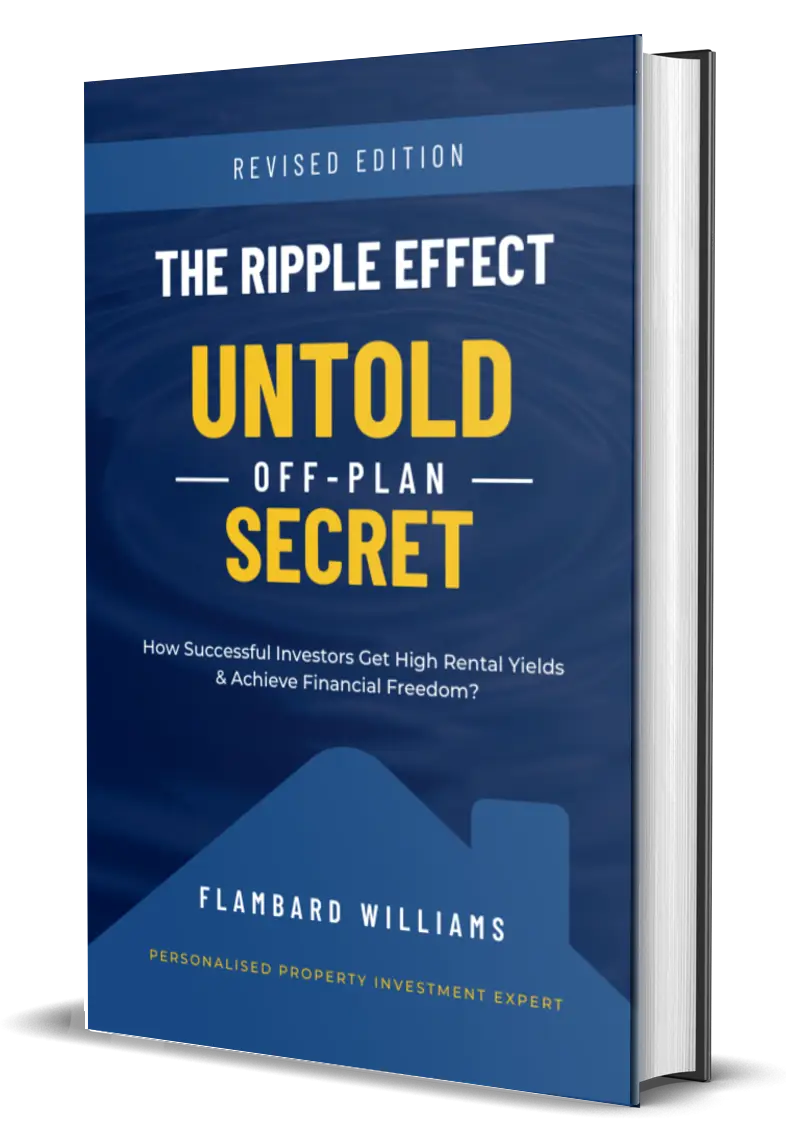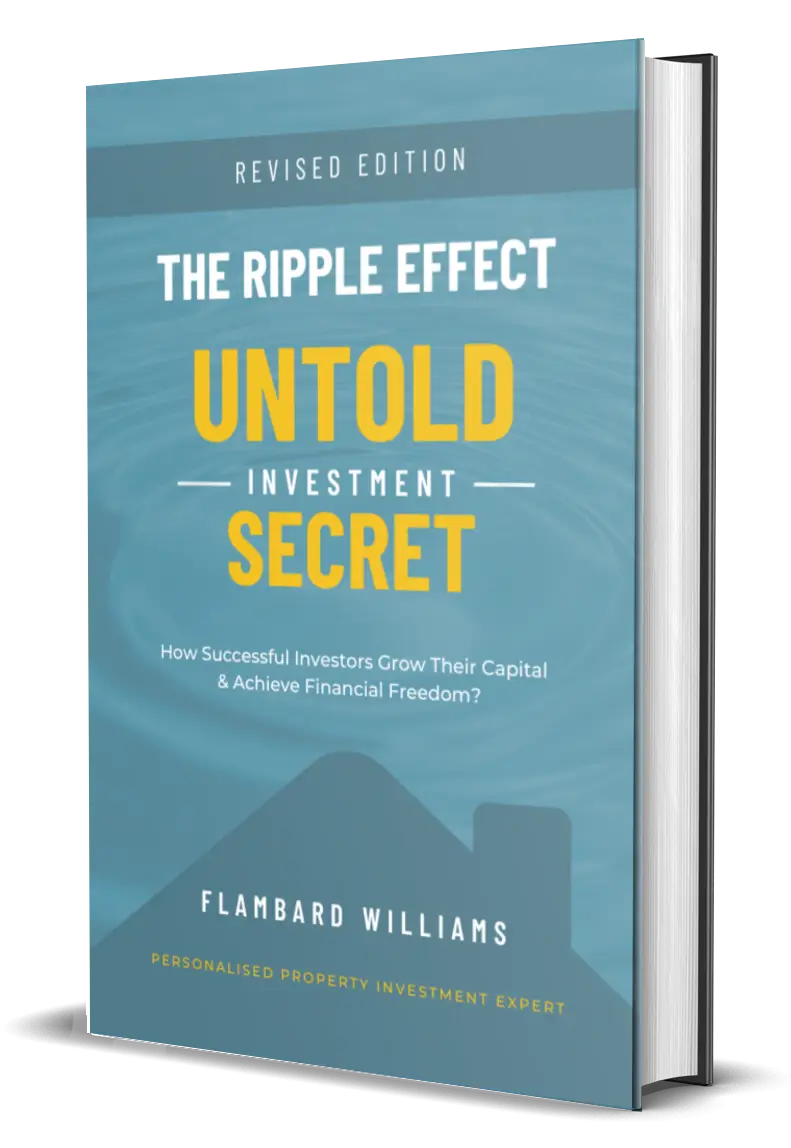Table of Contents
Table of ContentsToggle Table of ContentToggle
Overview of Nottingham’s 2024 Property Market
The Current Landscape of Nottingham’s Housing Market
The Nottingham property market in 2024 is certainly one to watch. What we’re seeing is a city that has held its own despite wider economic challenges, like rising mortgage rates and inflation.
Nottingham is appealing because it has that sweet spot of affordability and strong rental demand. Areas like West Bridgford and the city centre are still hotspots, driven by the city’s mix of professionals and students who keep the rental market alive and kicking.
But here’s something we’ve been paying close attention to—the supply-demand balance. Supply just isn’t keeping up with the growing demand for homes, especially with new residents flocking to the city.
This has kept property prices relatively stable and even pushed them higher in key areas. For those looking at long-term growth, Nottingham remains an interesting market. Despite the national picture being a bit shaky.
Average House Prices in Nottingham: A Snapshot
According to the Office for National Statistics (ONS), the average property price in Nottingham in July 2024 was £199,000. In July 2023 the average was £198,000. There was a 0.5% change. Even though the price has risen, it remains lower than living in Manchester or Birmingham. This price is ideal for investors because it is not too high, and has space to grow.
Location and type of property have a big effect on house prices in Nottingham. For example separate homes sell for around £330,000, while townhouses sell for around £220,000. Knowing where the value is is important for people who want to spend.
Central areas like NG2 or hotspots such as Burton Joyce offer excellent prices per square metre and long-term growth potential. If you’re considering Nottingham, these areas should be on your radar for strong rental yields and capital appreciation.
The latest information from the Land Registry highlights that the majority of detached properties in Nottingham have sold at prices significantly above the overall average price, offering a valuable comparison for investors seeking high-value opportunities in this market segment.
Recent property transactions across Nottinghamshire indicate that sold prices for semi-detached properties consistently align with the average price over the period. Highlighting steady sales activity and robust demand within this property segment.
How Property Types Affect Price Variations in Nottingham
One thing we always stress to investors is that property type makes a big difference in Nottingham. Given the market trends, changes happens in prices by property type. For example, detached homes often come with the highest prices averaging £330,000.

On the other hand, if we talk about semi-detached houses, they come with the average rates around £221,000, due to this these properties are a popular choice. For those looking to balance both capital appreciation and rental income. Areas like Wollaton and Beeston have a strong demand for these types of homes.
Terraced properties, especially in areas with student populations like Lenton, are more affordable at around £172,000 and often give better rental yields due to the constant demand for shared accommodation.
It’s important to understand the local demand before diving in. We’ve seen investors focus too much on the property type and miss out on key areas where rental demand might be stronger for a slightly different type of property.
Year-on-Year Trends in Nottingham House Prices
Nottingham’s housing market has been on a steady upward trajectory. In 2023, house prices increased by about 6%, and so far in 2024, we’re seeing similar growth trends.
Certain areas, such as West Bridgford and Wollaton, have emerged as top performers, with year-on-year price increases of up to 10%. In contrast, outer areas are experiencing more modest growth, closer to 2-3%, but still offer solid opportunities depending on your investment strategy.
The ongoing infrastructure developments and growing population are driving demand, especially in Nottingham’s most sought-after postcode sectors.
This makes the city an ideal location for investors looking for steady capital appreciation while also enjoying strong rental yields. If you’re considering investing in Nottingham, staying informed on these trends will be key to making smart decisions that maximise returns.
Featured Property Investment Opportunities
But, before we discuss further, here are a few properties we highly recommend checking out if you’re serious about making a smart property investment in Nottingham:
- Nottingham
Deposit
.
Yield
Property Price
.
- Nottingham
Deposit
.
Yield
Property Price
.
- Nottingham
Deposit
.
Yield
Property Price
.
Nottingham’s Soaring Private Rental Market
Trends in Nottingham’s Rental Market Over the Past Year
Last year, Nottingham’s rental market was nothing short of amazing. And 2024 is going to keep that going.
We have seen that the need for rental homes has stayed high over the past year, especially in important places like the city centre, Beeston, and West Bridgford. One reason for this is that rising home prices have made it harder for people to buy, so more of them have had to rent.
Another important reason is that Nottingham has a growing number of students. It is becoming more popular with young professionals. There has always been a lot of demand for rentals because of the nearby universities, but now that there are more job openings and business growth. Here more professionals are choosing to stay in the city after college.
That’s kept the competition for rentals fierce, and it’s led to landlords being able to increase rents across the board.
We’ve had several conversations with investors who’ve seen their properties go within days of listing them, and that speaks to the tight supply. If anything, 2024 is showing that the Nottingham rental market is still in the landlord’s favour, with tenants competing for fewer available homes.
Average Rental Prices Across Nottingham in 2024
The cost of homes in Nottingham is at an all-time high right now. It costs more than a year ago to rent a two-bedroom apartment in the city centre. Now it costs about £834 a month.

Areas like West Bridgford and The Park are seeing even higher averages, with rents for similar-sized properties reaching £1,200 or more. This isn’t just happening in the city centre either; suburbs like Arnold and Carlton are also seeing rental increases, with properties now going for £750 to £850 per month.
The reasons for this jump are pretty straightforward: more people are renting because it’s harder to buy, and there just aren’t enough properties to meet demand.
One landlord we spoke with in Beeston mentioned that their three-bedroom property, which rented for £1,000 a month last year, is now fetching £1,300. With that kind of growth, we expect prices will continue rising as the year goes on, especially with the ongoing challenges in the sales market.
How Property Size Impacts Rental Price Variations
When it comes to rental prices, the size of the property can drastically affect what you can charge, and that’s something we’ve seen play out in Nottingham over the last year.
Smaller one-bedroom flats in the city centre typically rent for £700 to £850 per month, depending on the location. In areas like The Lace Market or Hockley, those same flats might be closer to £900 if they’re newly refurbished or have desirable features like parking or a balcony.
The price difference is even more clear for bigger homes, though. It’s easy to find a three-bedroom house for £1,300 to £1,500 a month in friendly places like Wollaton or Mapperley. When rented by the room, larger homes in places with lots of students, like Lenton and Dunkirk, can bring in more money.
We’ve seen landlords with four-bedroom houses pulling in £2,000 a month when rented to students—a big difference compared to what a family might pay.
Hence, larger houses can generate more total rental revenue, even though smaller properties often offer a greater yield due to lower upfront costs. It actually depends on your investing objectives and the locality.
Your approach may be very different depending on whether you’re targeting professionals or students. Every landlord should carefully analyse this variation in rental cost based on tenant characteristics and size.
Opportunities for First-Time Property Investors in Nottingham
Why Nottingham is Attracting New Investors
Nottingham is quickly becoming a popular place for people who are buying their first home and there are good reasons for this. The city has a unique mix of low prices and room for growth in the future.
Nottingham’s real estate market is much easier to get into than those in other big UK towns. The average price of a house here is about £260,000, which is a lot less than in London or Manchester.
The opportunity is even better for those who are investing for the first time. The average price paid by first-time investors in July 2024 was £184,000. The same as the average price paid in July 2023 which was £183,000.
Since prices haven’t changed much over the past year, now might be a good time to get into the Nottingham market without having to deal with big price increases every year. This is a good starting point for people who want to make their first purchase.

However, affordability is not the only factor. A sizable student population is drawn to the city’s two main colleges, which sustains a steady demand for rentals. Nottingham’s attraction for long-term growth is further enhanced by the fact that it is buzzing with new corporate ventures and regeneration projects.
It’s that mix of a strong local economy, high rental demand, and accessible entry points that are making Nottingham a big draw for new investors. For those seeking a secure investment opportunity Nottingham stands out as an excellent choice.
Essential Factors for New Investors in the Nottingham Market
Considering a first-time investment in the Nottingham real estate market? Here are essential points to remember. Neighbourhoods like Sneinton and Lenton are great for young professionals and students to rent as they are close to the city centre and universities.
The rental yields in these spots are usually higher, but bear in mind, that properties here may come with a slightly higher price tag. However, if you’re after long-term growth and stability, you might want to explore suburban areas like Beeston or Wollaton.
Professionals like living in these places and the prices of homes are often more reasonable for people who are just starting to invest. Terraced homes and semi-detached homes are often more reasonable and offer good rental returns.
A lot of first-time investors don’t think about how much it will cost them to get into the market. In addition to the purchase price, don’t forget about costs like maintenance, rental fees. Along with the time when your home can not be rented out.
They can save you a lot of stress and money in the long run if you do your research on them. We’ve seen new investors get caught out by underestimating these costs, so make sure to build them into your financial planning.
House Price Breakdown by Nottingham’s Key Areas
North vs. South: Price Differences in Nottingham’s Suburbs
One thing we’ve observed over the years is a clear price divide between the northern and southern suburbs of Nottingham. House prices are usually higher in the south, in places like West Bridgford and The Meadows, where single homes can cost as much as £350,000.
Many want to live in these areas because they are close to the city centre, have good schools, and have a better quality of life overall.
Going north, to places like Bulwell or Basford, on the other hand, home prices are much cheaper, with most homes selling for around £200,000. Even though these northern suburbs aren’t as well-known as their southern peers, more and more people are moving there to find cheap housing.
We’ve seen regeneration projects slowly begin to transform these areas, which could present a good opportunity for investors willing to play the long game.
For first-time investors, it’s about weighing up what you want—do you go for the pricier, more established southern suburbs, or do you take a chance on the northern areas where growth is just starting to take shape?
Inner City vs. Surrounding Areas: Where’s the Best Value?
The debate between investing in the inner city versus the surrounding areas of Nottingham is interesting. If you’re thinking about inner-city areas like The Lace Market or Hockley, you’re probably drawn by the lifestyle and rental demand.
These are lively areas with lots of shops, restaurants and activities to do at night. Both young employees and students like to hang out there. But since a small flat typically costs between £250,000 and £300,000, you’ll have to pay for that convenience. On the other hand, these homes rent out quickly, which can mean high rental returns.
But places nearby, like Carlton, Arnold, and Beeston, give you more room for your money. This area could cost between £220,000 and £280,000 for a three-bedroom house. Tenants love living in these places, and while the rental yields might not be as high as in the city centre, you’re more likely to get long-term tenants, which can make things more stable.
We’ve found that properties in these areas tend to appreciate steadily, providing a good balance of rental income and capital growth over time.
It depends on what you want to do with your money. The inner city might be the best place to rent if you want to get your money back quickly. However, if you want to invest for the long term and find more stable tenants, the places nearby might be a better deal.
Is it a good idea to invest in Properties in Nottingham's City Centre?
Economic Growth and Its Impact on Nottingham’s Property Market
The economy of Nottingham has been steadily growing, which has clearly had an effect on the city’s real estate market, especially in the city centre.
As experts in this field, we’ve seen firsthand how the city’s universities, tech startups, and new business investments are attracting a young, educated workforce. And with that comes a strong demand for housing, especially rental properties. A few years ago, it was hard to predict just how much Nottingham’s economy would pick up, but now it’s clear. A better quality of life, closeness to the city centre, and good schools make these areas very popular.
Data-driven insights reveal Nottingham’s property market as a growing authority in the UK, attracting savvy investors and buyers alike. With high-demand flats and maisonettes delivering consistent rental yields, opportunities abound for those seeking reliable returns. Properties are being snapped up quickly often with cash or mortgage buyers leading the way. This solidifying Nottingham’s position as a top destination for strategic property investment.
Moving north, to places like Bulwell or Basford, where homes usually sell for around £200,000, real estate prices are much cheaper. Although these northern suburbs may not be as well-known as their southern peers, more and more people are moving there to find affordable housing.
Supply, Demand, and Housing Affordability in Nottingham
The gap between supply and demand is one of the biggest problems in the Nottingham real estate market at the moment. There aren’t enough houses to go around, especially in the city centre.
There are not enough new homes or properties for sale, which makes the market more competitive. This happens all the time. This limited supply has also driven house prices up. Making affordability a bit of an issue for first-time investors

But here’s the flip side: this imbalance is creating opportunities for investors. With such high demand, properties rarely stay on the market for long, and rental properties are snapped up quickly.
The rising house prices can be frustrating for investors looking to get on the ladder, but for investors who already have properties, it’s a positive. We’ve seen cases where investors have been able to increase rents simply because tenants are willing to pay more due to the lack of available housing.
However, as with any investment, you need to weigh up the risks of affordability limits, especially if prices keep climbing.
What’s in Store for Nottingham’s Property Market in 2025?
Housing Market Predictions for Nottingham in 2025
As we look ahead to 2025, Nottingham’s real estate market is likely to keep going up, though maybe not as quickly as in previous years. In the past few years, there has been a lot of growth.
However, things may slow down a bit because interest rates are going up and the government might step in to try to cool the home market. Still, Nottingham is a city with strong fundamentals: lots of job chances, a growing student population, and ongoing projects to improve the city’s look.
They might not have the highest prices now, but long-term growth potential is there, especially as more businesses and infrastructure improvements come into play. From what we’ve observed, Nottingham is still a solid bet, but it’s important to stay informed on economic factors that could influence growth rates.
Forecasted House Prices for Nottingham in 2025
House prices in Nottingham will likely keep going up until 2025, but not as quickly as they have been in recent years. Forecasts say that, based on the area, home prices could rise by about 3% to 5% per year.
If we look at current trends, the average house price, which is about £260,000 now, could inch closer to £280,000 by 2025, particularly in areas that are seeing significant regeneration or development.
But it’s not just about the city centre. Suburbs like Beeston and West Bridgford are also expected to see steady growth. We’ve seen a lot of students and professionals choosing these areas for their mix of affordability and good transport links to the city.
From an investor’s perspective, these suburbs might offer a slightly more stable option than the city centre, where prices and demand can fluctuate more. If you’re thinking long-term, these outer areas may offer better value.
How Will Nottingham’s Rental Market Evolve in 2025?
The rental market in Nottingham is likely to stay strong until 2025, based on how things are going now. More and more people are renting because they can’t afford to buy a home and prices are going up.
Rents have been slowly going up, especially in the city centre and places like Lenton that have a lot of students. As long as students and young professionals want to live in Nottingham, rental demand will stay high, and we think renting prices will rise to match.
By 2025, rents would likely rise by 5–7%, especially in areas near schools and businesses. This is wonderful for investors but may make affordable housing tougher to locate.
Supply issues will remain a major issue. Without further housing projects, rents will likely rise, especially in the city’s best neighbourhoods. This is something you as an investor should keep in mind when purchasing or holding property.
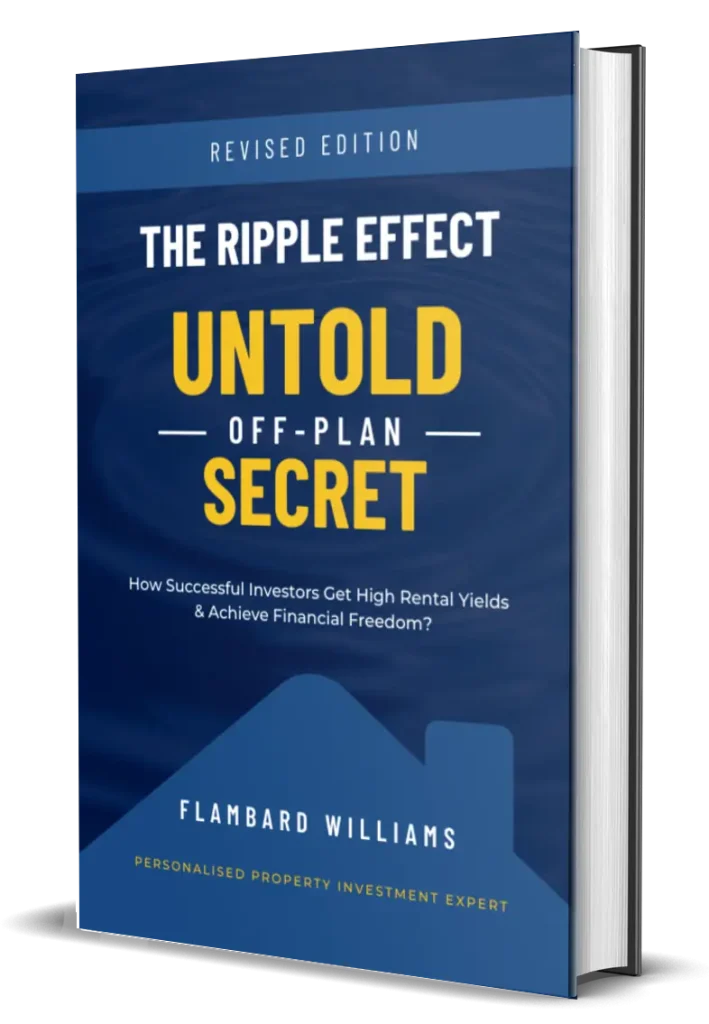
Initiate a powerful sequence of your property growth and reinvestment.

Initiate a powerful sequence of your property growth and reinvestment.
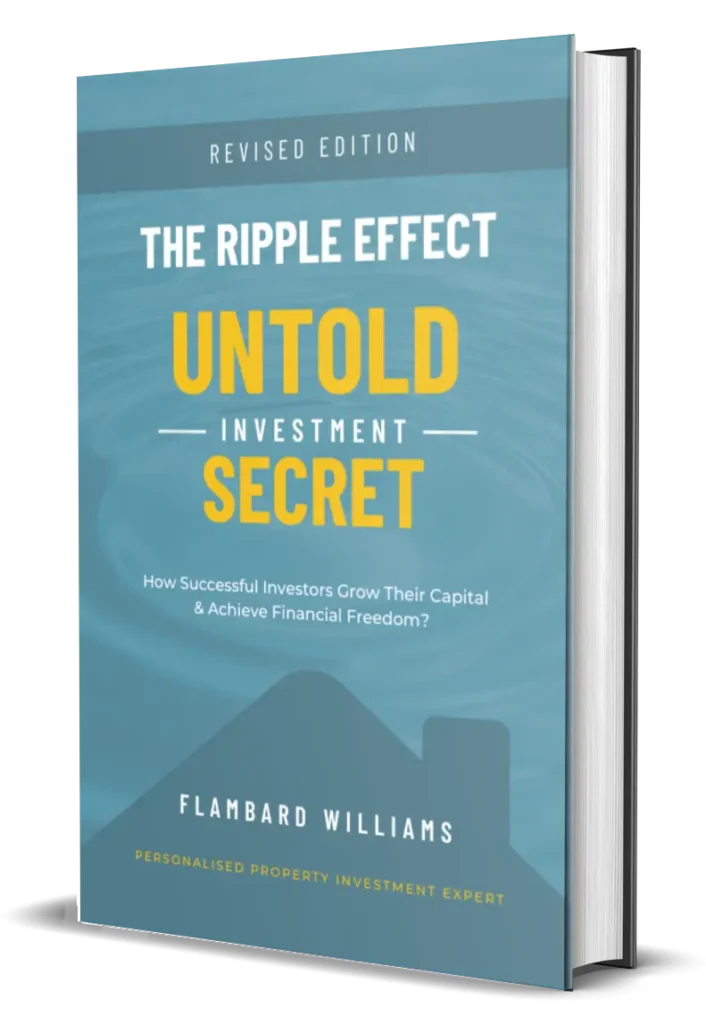
Unleash how successful investors build wealth, reduce financial stress, and achieve financial freedom.
Frequently Asked Questions (FAQs) about Nottingham House Prices
For a few main reasons, Nottingham has always been a great place to buy real estate. For one thing, the city is full of life and has a strong economy that has been growing gradually.
Every year, tens of thousands of students come to these colleges. This keeps the rental market very busy, especially in places like Lenton and Dunkirk which are close to campuses. We’ve spoken with investors who say they’ve never had an issue keeping their student properties rented out, even during quieter times of the year.
Beyond that the city has been undergoing a lot of regeneration projects, particularly in the city centre, which have boosted its appeal. More people and businesses will be coming to the area because of projects like the Broadmarsh redevelopment. This is likely to lead to housing prices to rise over time.
Plus, buses, trams, and the train station make it easy to get around and work from the city, which is why renters are always interested.
Moreover, here the properties are affordable, rental yields are high, and the city is expected to grow in the future. This makes Nottingham a good place to invest, whether you are new to investing or want to grow your stock.
Absolutely. When compared to larger cities like London or Manchester, Nottingham is far more cheap. The average house price here is roughly £260,000 which is a significant departure from London average. This may easily exceed £500,000 for a comparable-sized property.
Even cities like Manchester and Birmingham have higher average prices, making Nottingham a more affordable market, particularly for first-time investors who do not want to overspend.
What’s amazing about Nottingham is that, although being more affordable, it still has a high potential for growth. We’ve seen properties in areas like Beeston or West Bridgford hold their value well and, in some cases, see steady appreciation.
Even if you’re not working with a massive budget, you can still find good properties in up-and-coming areas like Bulwell or Carlton, where prices are lower but the long-term potential is definitely there.
There are many excellent spots to invest in Nottingham, but it all depends on what you desire. Are you looking for rental income or long-term capital growth?
If you’re looking at rental yields, spots near the universities, like Lenton, Dunkirk, and Beeston, are definitely where the real opportunities are. With so many students looking for accommodation, landlords in these areas rarely have trouble finding tenants.
We’ve seen investors make strong returns on student lets in these neighbourhoods, and they’re likely to stay in demand with such a strong student population.
For those focused on long-term growth and more stable tenants, areas like West Bridgford and Wollaton are excellent choices. West Bridgford, in particular, is highly sought after by students because of its great schools, parks, and local amenities.
It’s not the cheapest option—house prices here can reach upwards of £350,000—but the area’s popularity makes it a safer bet for long-term appreciation. Wollaton is slightly more affordable but still attracts students and professionals. So it’s another solid option if you’re looking for stability and growth.
On the more affordable end, suburbs like Arnold, Carlton and Bulwell offer good value for money. Properties here tend to be cheaper, but they are also rising in value as more people get priced out of central areas. It’s all about finding the right balance between what you can afford now and whereyou see the most potential.

Area Guide
Danny Bell
I’m Danny, one of the consultants here at Flambard. Having grown up in and around various sports teams and a family real estate business, my sociable, completive nature has excelled me in such a challenging yet rewarding job.


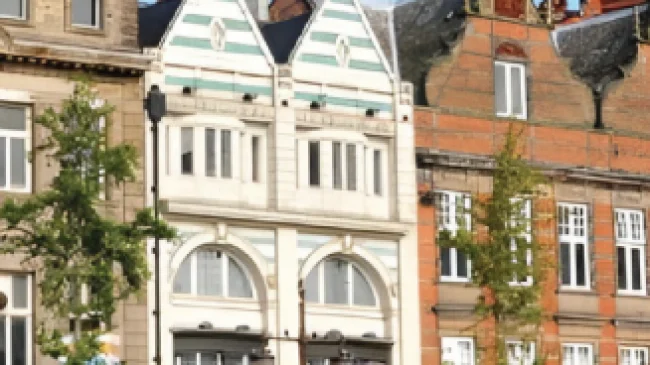

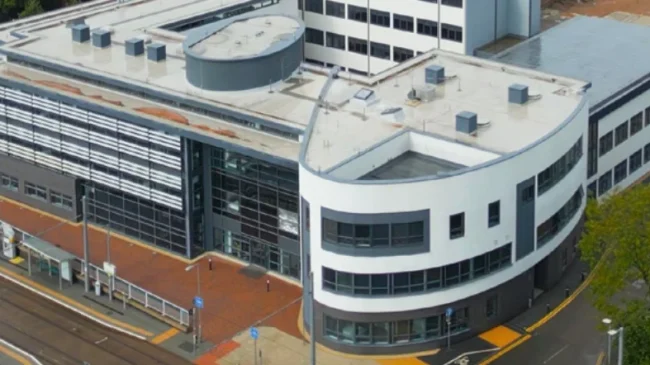


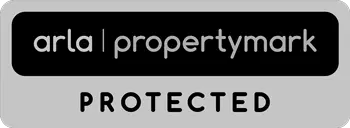


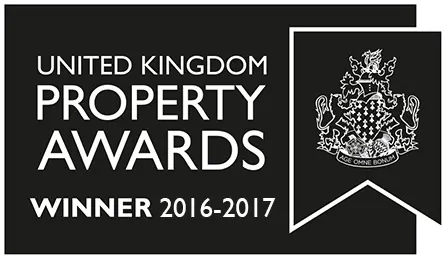
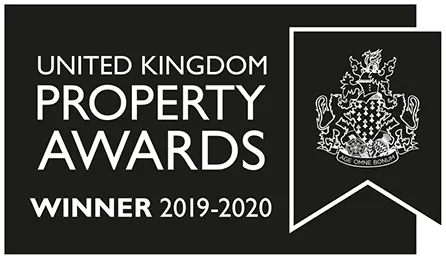
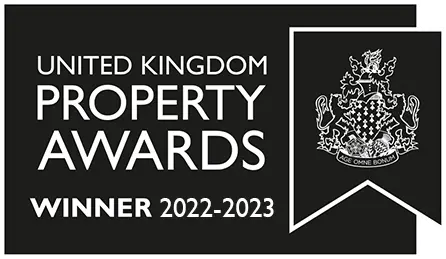
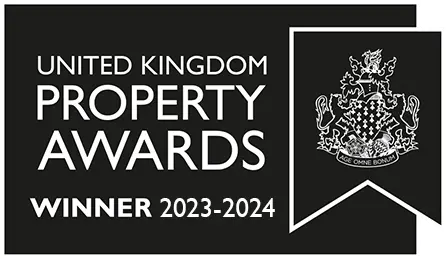





 Exclusive Property Launch Invitations
Exclusive Property Launch Invitations Customised Market Reports
Customised Market Reports Exclusive Access to Off-Market Properties
Exclusive Access to Off-Market Properties Networking Events
Networking Events